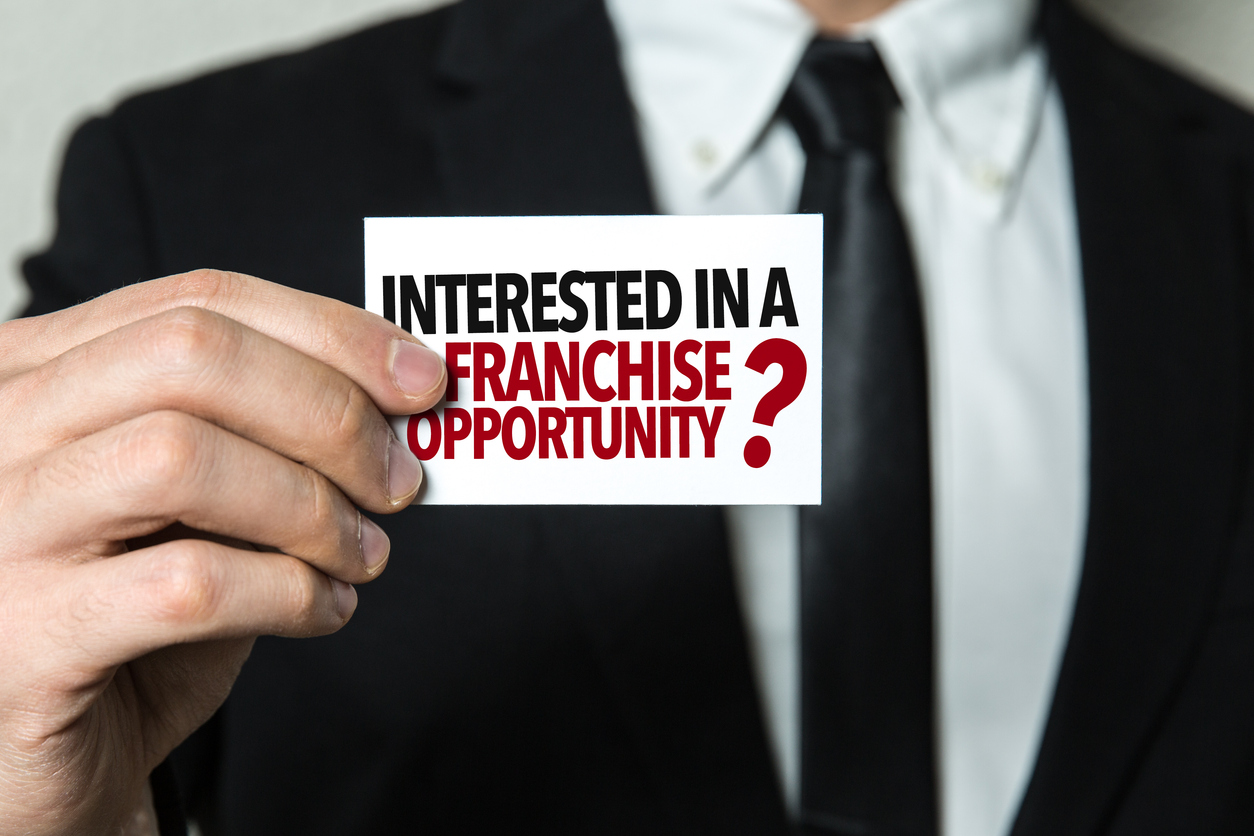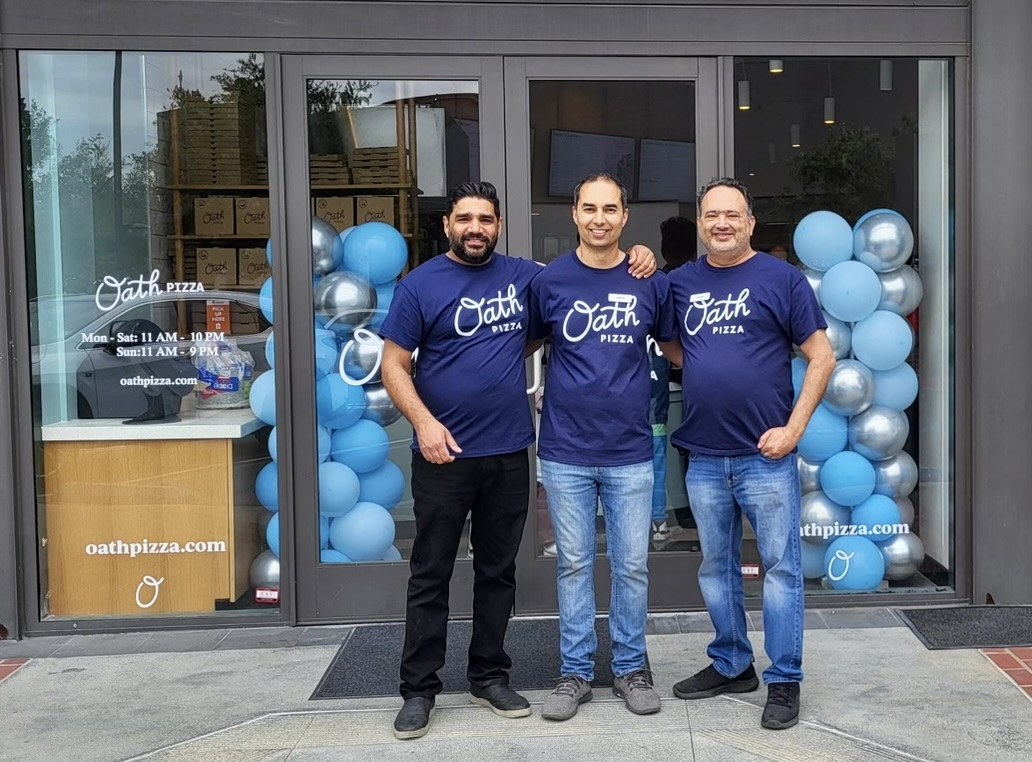Photo by Tima Miroshnichenko
As with any business, you must have a solid business plan. Do not think that you can start a franchise without a good plan. The plan is a roadmap to how you will operate, how you will reach new franchisees, how you will market your business and must have solid financials. A mistake of a single percentage point on a franchise royalty can easily cost you millions of dollars.
<strong>Franchising Strategy: Strategic Business Plan Development</strong>
Franchising Strategy: Strategic Business Plan Development
By David G Komatz
As with any business, you must have a solid business plan. Do not think that you can start a franchise without a good plan. The plan is a roadmap to how you will operate, how you will reach new franchisees, how you will market your business and must have solid financials. A mistake of a single percentage point on a franchise royalty can easily cost you millions of dollars. It does not seem like a big mistake, when you have a single franchisee. It simply means that the franchisor will make $5,000 less in royalty revenues. But in franchising, we are talking about continuing growth, and this mistake might be multiplied 100 times or more. Other business decisions that a new franchisor will make that could impact long-term profitability include:
• Advertising fees
• Technology fees
• Product margins
• Type of franchise offered (individual, area development, area representative, etc.)
• Organizational structure
• Compensation structure
• Geographic growth strategy
• Territorial rights provided to franchisees
• Reservations of rights for the franchisor
• Franchise Disclosure Documents
Conflicting or ambiguous communications when a franchise is first sold can form the basis for future franchise litigation. The cost of defending any franchise lawsuit, even an inconsequential one, can be enormous. The cost of prosecuting even a “small” franchise litigation lawsuit can easily exceed $100,000 to $200,000, or more.
You must have a solid, coherent Franchise Disclosure Document. An integrated Franchise Compliance Program that stipulates rules and expectations, manages Franchise Disclosure Documents and controls the publishing of all information is extremely important. It is also one of the best investments a franchise company will ever make.
Understanding a franchise agreement
A Franchise Agreement includes all of the key facets, requirements and principles of the franchise, including the privileges and commitments of both parties, the length of time the agreement will last, the territory (if any) granted to the franchisee, and the costs involved and how they are to be calculated.
A Franchise Agreement is the foundation of your business. You must be certain that you understand it clearly before you start to build on it. The following is an outline of some of the key aspects contained in Franchise Agreements.
Every Franchise Agreement needs to be carefully read and you should therefore have your attorney review the Agreement clause by clause with you, to make certain that you understand all of its terms. Franchisees also need to be aware that, while it can be relatively simple to enter into a Franchise Agreement, it may be far more difficult to remove yourself from one. A standard Franchise Agreement is a long-term commitment to a third party (often of six to ten years in length). The Agreement will include stringent requirements which have to be complied with for the full length of the term. Failure to conform to these requirements may in many situations allow the franchisor to terminate the Agreement.
While the strict stipulations of Franchise Agreements are there to protect the interests of all parties and particularly the franchise system, from time to time Franchise Agreements can include or exclude clauses which aim to protect the franchisor.
A provision that any costs involved in defending the use of the trademark should be paid by the franchisee
Immediate rights for the franchisor to cancel without notice if the franchisee misses or delays payment of royalties
Lack of clauses regarding ongoing support, training and development of the business by the franchisor
Limitation of the franchisor’s liability to the franchisee even if the franchisor breaches their requirements to the franchisee
Widely drafted clauses undermining a franchisee’s ‘exclusive’ territory in unwarranted circumstances.
The presence of these clauses will vary between Franchise Agreements. An experienced franchise lawyer will be able to highlight them for you. Some franchisors will not be willing to make any changes to their agreements especially when there are other franchisees already in operation.
Regardless of what you may dislike about some provisions in a Franchise Agreement, it is nevertheless essential that you understand it fully and the requirements it places on you as a franchisee. Careful attention should also be paid to supplementary documents, as these may contain provisions that, if breached, constitute a breach of the Franchise Agreement.
You should also be certain that any pre-contractual statements regarding turnover or other aspects of the business that may have attracted you to the franchise are carried over into the Franchise Agreement or in some other written form.
Grant of Rights
The Grant of Rights sets out the term of the franchise and its renewal provisions. It is important to make certain that the term of the franchise is adequate to allow you to achieve a realistic return on your investment. Renewal provisions need to be looked at carefully along with any renewal fees. They may contain some or all of the following:
Notice of renewal – this is usually required within strict timeframes. If the renewal notice is not given in time, the right to do so may be lost
Payment of renewal fee
Changes to terms of the Agreement by the franchisor upon renewal
Changes to the franchise territory size by the franchisor where the particular Agreement provides exclusive rights to the franchisee
Changes, alterations and improvements to operating practices to meet competitive and other challenges
First options or first rights of refusal for additional franchises.
It is important that the franchisee understands that, more often than not, the right of renewal may in fact be a right in favor of the franchisor. The franchisor often has the ability to reject the renewal if a franchisee has not been performing to set standards.
Ongoing costs and royalties
Many Franchise Agreements include ongoing payments to the franchisor such as:
• Royalties
• Advertising levies
• Mark-ups or margins on products supplied by the franchisors
• Training fees.
There may also be requirement to attend franchise conferences and other meetings. The Agreement should clearly set out the details of what has to be paid and when, including circumstances relating to any deposits payable before securing the franchise.
For advertising and promotion costs, the Agreement should specify when the payment is to be made and to whom, including details of any special banking arrangements. Back-up assistance and assistance are essential to the operation of a successful franchise. Details of the support and training to be provided by the franchisor should be stated in the Agreement, including both initial and ongoing assistance. As well as having your attorney review the Agreement for these provisions, talk to existing franchisees about the level of support they have received.
Initial costs
The Agreement, or often an ancillary document, should set out in full all beginning costs. These may include the initial franchise fee, equipment costs, working capital requirements, fit-out costs, initial training costs and the cost of opening stock.
Premises, leases and mobiles
Lease provisions usually allow the franchisor to take over the lease at the end of the term, and also if the franchisee defaults during the term
Often the franchisor will lease the property itself and grant a sub-lease to the franchisee. You are responsible for paying the rent, so you should ensure the amount negotiated is a fair market rent
Mobile franchises usually contain terms that set out the sign writing and other d�cor required by the vehicles from which the business is operated, and possibly for any major items of equipment
One issue that is often overlooked is the need to ensure that the length of the franchise term coincides with the length of the lease term.
Requirements
Every Agreement should contain clauses setting out the initial and continuing requirements of both franchisor and franchisee
• Examples of franchisee requirements include minimum operating hours, insurance, engagement of staff, and uniform requirements.
• Examples of franchisor’s requirements include maintaining the manuals, providing products, and training
• Records of accounting must be up-to-date, with regular reporting and auditing
• Intending franchisees should pay careful attention to the requirements since breach of any may entitle the franchisor to terminate the franchise.
Intellectual property
Intellectual property is a key element of most Franchise Agreements, specifying legal ownership rights by the franchisor concerning patents, copyright, trademarks, designs and even operating systems. Other relevant laws include the Fair Trading Act and common law rules prohibiting the copying of a business’s identity.
Sale of the franchise
Most Agreements will allow the franchise to be sold during its term, but you should note that as a franchisee your rights to sell the business may be restricted.
• The franchisee may have to give the franchisor the right to buy the business first known as right of first refusal, which in itself can destabilize the value of that business and the goodwill for a selling franchisee
• If the franchisor chooses not to purchase, they may rigorously control the sale process
• The incoming franchisee must be approved by the franchisor
There may be a transfer approval fee, which the franchisee will need to pay to the franchisor when a sale takes place. This is designed to cover the franchisor’s costs involved in training the incoming franchisee.
In some Franchise Agreements, the term of an existing franchise for sales purposes covers only its unexpired remainder, unless the Agreement provides for the franchisor to offer a new Agreement for a full new term.
Termination
Franchise Agreements provide for circumstances in which the Agreement may be terminated in advance of the original ending date. These include:
• Bankruptcy, company liquidation or criminal conviction of the franchisee
• Termination of leases to the franchise premises (where premises retention is important).
Termination provisions should be considered carefully as they are often points of disagreement. There are frequent misunderstandings by franchisees as to what happens at the end of a term and procedures vary from one franchise system to another. However, it should also be kept in mind that if the franchise is operating well and the franchise relationship is a good one, it is likely that both franchisee and franchisor will want to renew the Agreement.
Disputes
Although disagreements between franchisors and franchisees are usually solved through discussion and negotiation, mediation and arbitration are also effective methods for working out disputes and less damaging to franchise relationships than legal proceedings.
Other terms
The Entire Agreement clause is especially important as it usually states that what is contained in the Agreement overrides anything which may previously have been promised unless it is expressly referred to in the Agreement
As a franchisee, you should be certain that anything on which you have relied in selecting your franchise is included in the Agreement in some way
The Definitions section, usually close to the beginning of the Franchise Agreement, contains key definitions. One of the most important is Gross Sales, the figure on which the franchisor’s royalty is usually based. Usually this covers substantially every type of transaction carried out by the business and almost every payment received. Often it will include sales made, whether or not payment has actually been received.
David G Komatz is a seasoned leader and manager and has studied franchising extensively. He is versed in the many aspects of franchising including preparing the manuals and policies used in new franchises.
Be sure to obtain his book “Franchising” available at https://www.amazon.com/author/dgkomatz.
Article Source: https://EzineArticles.com/expert/David_G_Komatz/1543625
http://EzineArticles.com/?Franchising-Strategy:-Strategic-Business-Plan-Development&id=10541277










